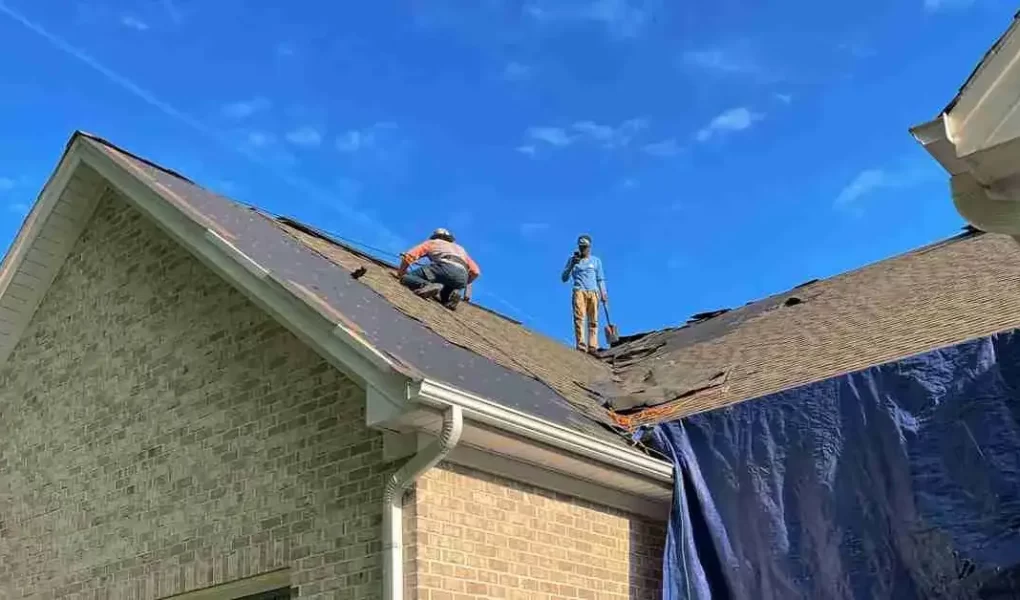Lead roofing has been used for centuries due to its durability, malleability, and resistance to corrosion. However, despite its long history in construction, lead roofing poses significant health and environmental risks that cannot be overlooked. From contamination of water sources to harmful effects on human health, lead in roofing materials can have serious consequences for both occupants and the surrounding environment. This article will explore the problems associated with lead roofing, including its health hazards, environmental impacts, remediation methods, and prevention strategies.
Health Hazards of Lead Exposure:

Lead is a highly toxic metal that can harm human health, especially when ingested or inhaled. Lead exposure can cause a variety of health problems, including:
- Neurological Damage: Lead exposure can impair cognitive function, learning abilities, and behavioural development, particularly in young children. It can also lead to neurological disorders such as attention deficit hyperactivity disorder (ADHD) and decreased IQ levels.
- Cardiovascular Effects: Prolonged exposure to lead has been linked to hypertension, increased blood pressure, and cardiovascular diseases, increasing the risk of heart attacks and strokes.
- Kidney Damage: Lead exposure can damage the kidneys, leading to kidney disease and impaired renal function. In severe cases, lead poisoning can result in kidney failure and the need for dialysis or transplantation.
- Reproductive Issues: Lead exposure can have adverse effects on reproductive health, causing infertility, miscarriages, and developmental abnormalities in fetuses. It can also affect sperm quality and reproductive hormone levels in both men and women.
- Gastrointestinal Distress: Ingestion of lead-contaminated particles or dust can cause gastrointestinal symptoms such as abdominal pain, nausea, vomiting, and diarrhoea.
Environmental Impacts of Lead Roofing:
In addition to its harmful effects on human health, lead roofing can also harm the environment. When lead roofing materials deteriorate or undergo weathering, lead particles can be released into the surrounding air, soil, and water sources. This can lead to groundwater contamination, surface water bodies, and agricultural lands, posing risks to wildlife, vegetation, and ecosystems. Furthermore, lead runoff from roofs can pollute rivers, lakes, and streams, impacting aquatic life and biodiversity.
Remediation Methods for Lead Roofing:
Given the serious health and environmental risks associated with lead roofing, remediation efforts are necessary to address existing contamination and prevent further exposure. Some common remediation methods for lead roofing include:
- Roof Replacement: In cases where lead roofing materials are severely deteriorated or damaged, complete roof replacement may be necessary to eliminate the source of lead contamination. This involves removing the lead roofing materials and replacing them with non-toxic alternatives such as steel, aluminium, or asphalt shingles.
- Encapsulation: Encapsulation involves applying a protective coating or sealant over lead roofing materials to contain the lead and prevent it from leaching into the environment. This can be a temporary solution to minimise exposure while planning for more permanent remediation measures.
- Sealant Application: Sealants can be applied to cracks, seams, and joints in lead roofing materials to prevent water infiltration and reduce the risk of lead exposure. Sealant application should be performed by trained professionals using appropriate safety precautions to minimise exposure to lead dust.
- Soil Remediation: In cases where lead runoff has contaminated soil around the building, soil remediation techniques such as excavation, soil washing, or phytoremediation may be employed to remove or neutralise lead contaminants.
Prevention Strategies for Lead Exposure:
Preventing lead exposure from roofing materials requires proactive measures to identify and address potential hazards. Some key prevention strategies include:
- Regular Inspection and Maintenance: Inspection of roofing materials can help identify signs of deterioration or damage that may lead to lead exposure. Prompt repairs and maintenance can prevent further deterioration and reduce the risk of lead contamination.
- Use of Non-Toxic Alternatives: When constructing or renovating buildings, consider using non-toxic roofing materials such as steel, aluminium, copper, or synthetic roofing products that do not contain lead.
- Lead-Safe Work Practices: If working with lead-containing roofing materials, follow lead-safe work practices such as wearing personal protective equipment (PPE), using wet methods to minimise dust generation, and properly disposing of lead-contaminated debris.
- Water Treatment: Install water treatment systems such as filters or reverse osmosis systems to remove lead contaminants from drinking water sources in buildings with lead roofing.




